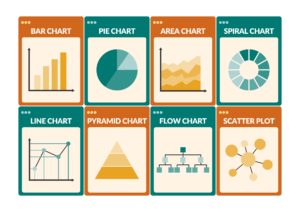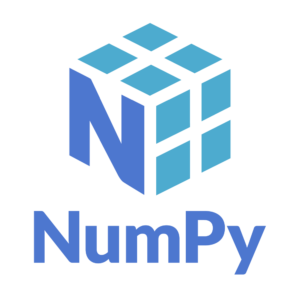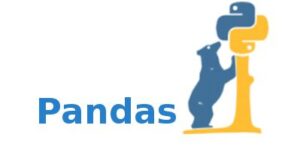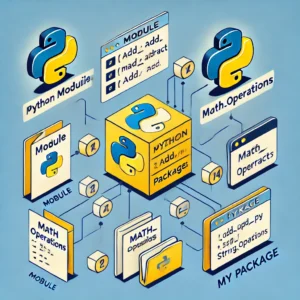Features of Python Programming
Python is a powerful and versatile programming language known for its simplicity and readability. Here are some of the key features of Python:
1. Simple and Easy to Learn
Python has a clean and straightforward syntax that resembles natural language, making it easy to read and write. This simplicity reduces the learning curve, allowing beginners to quickly start programming.
Python’s syntax is clear and easy to understand, even for beginners.
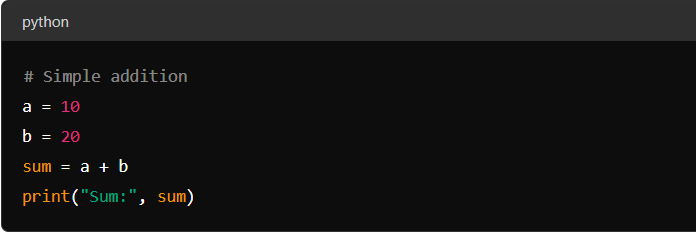

2. Interpreted Language
Python is an interpreted language, meaning code is executed line by line. This facilitates easier debugging and dynamic typing, where the type of a variable is determined at runtime.


3. Dynamically Typed
In Python, you don’t need to declare the type of a variable explicitly. The type is determined automatically at runtime, which makes the language flexible and easy to use.


4. High-Level Language
Python abstracts many complex details of the computer’s operation, allowing you to focus on writing the logic of your programs without worrying about low-level details like memory management.

5. Object-Oriented
Python supports object-oriented programming (OOP), which allows for the creation of reusable and modular code through classes and objects. It also supports other paradigms, such as functional and procedural programming.


6. Extensive Standard Library
Python comes with a vast standard library that includes modules and packages for various tasks, such as file I/O, system calls, and even Internet protocols. This library significantly reduces the amount of code you need to write.


7. Portability
Python code can run on any operating system with a Python interpreter. This cross-platform capability means you can write code on one system and run it on another with little to no modification.


8. Open Source
Python is an open-source language, which means it is free to use and distribute. The source code is available to the public, allowing for community contributions and collaboration.

9. Support for Integration
Python can easily integrate with other languages and technologies. It supports C/C++ integration, Java via Jython, and .NET via IronPython. This makes Python a flexible tool in diverse development environments.


10. Robust Community and Support
Python has a large and active community of developers who contribute to its development and maintenance. This community support translates to extensive documentation, numerous tutorials, and a wealth of libraries and frameworks.
11. Readability and Maintainability
Python’s emphasis on readability and use of indentation for code blocks promotes clean and understandable code. This makes it easier to maintain and modify, even in large codebases.
12. Versatile and Multi-Purpose
Python is used in various domains, including web development, data analysis, artificial intelligence, machine learning, scientific computing, automation, and more. Its versatility makes it a go-to language for many different types of projects.

